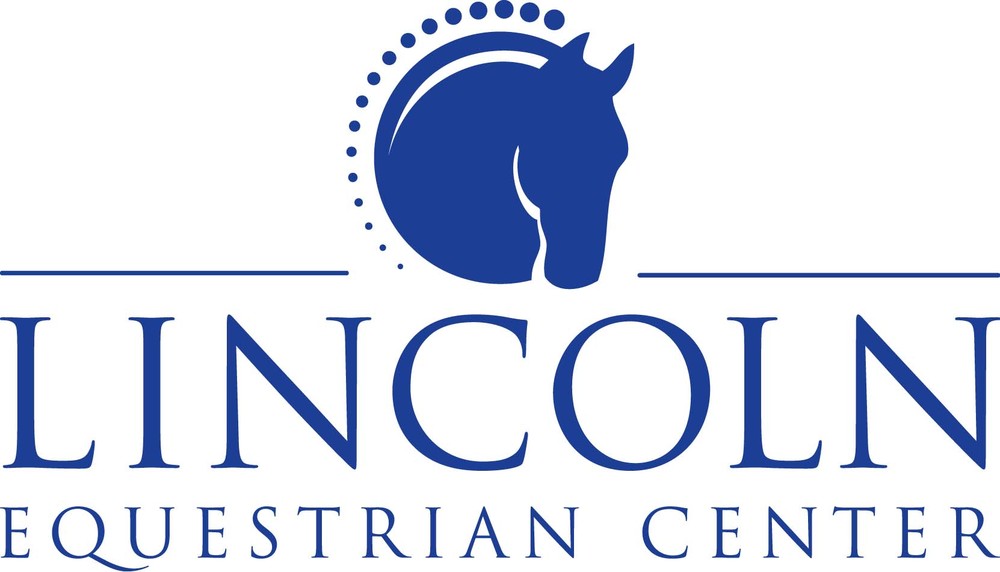Strictly speaking “horsemanship” is a term that simply means: the art and practice of riding horses. However, many (including myself) would argue that horsemanship is a broader term, extending beyond simply riding. In my mind horsemanship is a skill set which encompasses the competent handling, management and riding of horses.
Horsemanship in my mind covers: knowledge of breeds, colorations, markings, standard brands and anatomy of horses. Knowledge of all pieces of tack, how and why they are used. A functional ability to manage a horse through an endless array of situations: loading in a horse trailer, riding, leading down a barn aisle, familiarization with new places, hand grazing. A horseman should also know equine first aid, the equine digestive system, giving a horse a bath and basic biomechanics…
This is a short list. Because identifying suitable hay, changing tires, mucking stalls, providing and maintaining proper housing, riding correctly, training horses, communicating with vets and farriers, and the entire giant subcategory of "horse showing" also appear on this list.
When you own a horse you need to know A LOT of things relating to the animal you own and ride, apart from simply how to pilot your steed. Horsemanship is a broad ranging topic. Becoming a competent horse person is quite the undertaking.
There are many styles of horsemanship. Traditional, natural and all things in between. Between disciplines and styles of riding and driving good horsemanship means something different. Truly, there is a broad spectrum of expectations. All of them are hoping to achieve the same thing: happy healthy horses, and good safe riding.
There are a few things a person needs in order to become a true and competent horse person:
1: Time. Spending time in your riding stable around horses and horse people is important. Becoming aware of the rhythms and patterns of horses and how things are done. Becoming part of the local culture and of course time enough to become fully comfortable around horses, and the situations that present themselves as part of horse life.
2: Observation. A lot of time the best way to learn about horsemanship is through simply watching. Observe horses and observe horse people. Watch what other riders and trainers do, then see if you are capable of emulating what they do. Posture, timing of corrections and asks. What do horse people wear (gloves are a good example)? Observe horses moving and how they act when they are in turn out, when they are in their stall. Watch other people ride, both in clinics, lessons and just for fun. What does posting look like or asking for a lope off? Head set, over-stride. Observe your horse’s reactions to things and the environment and the interactions you share with them. If a horse is scared or nervous, what makes them better? What makes them worse? Watch and see.
Observation includes listening as well. The equestrian world is filled with its own special vocabulary. Listen to how seasoned horse people communicate, pick up the lingo, the special terms and when they are used.
3: Mentors. If you’re new to the sport or looking to increase your skill, after spending your time in the barn, and observing things, also find the person or people whose horse skills you most admire and refer to them, if possible for help and advice. “If this was your horse what would you do” Watch how they wrap legs, or handle a spook. Watch how they get a stubborn horse into a trailer or how they lead and handle their horses. Horsemanship is a skill which has been handed down for millennia. Don’t be afraid to ask for help and advice from people who know more than you. All horse people get a large portion of their information by asking for help.
4: Education. Where possible seek out reputable educational materials and experiences. Take riding lessons and askyour instructor or mentor to help you learn how to do things you are unsure of. Read books and magazine articles from reputable sources. Be wary of self-published books, miracle cures for problem horses and guarantees of expertise within short periods of time. Be mindful that ANYONE can post videos on YouTube and the technique you may be watching on YouTube is perhaps dangerous, improperly done or just simply ineffective.
Good books and magazines have the information you are looking for. “What does the bit do?” “Why do I need to change my posting diagonal?” Becoming a good horseman is primarily an experiential endeavor but a wealth of knowledge can be had from publications. Reading and watching videos can communicate the same concepts you are learning but in a different or more in-depth way.
Reputable Sources include: (magazines) Equus, Practical Horsemanship, Chronicle of the Horse. (Books) Pony Club Manual of Horsemanship, Complete Equine Emergency Bible, International Encyclopedia of Horse Breeds.
5: Find your own Style. You don’t have to be a horseman like Buck Brannaman. You can be and should be your own horse person. It’s okay to meld natural horsemanship techniques with more traditional methods. So long as it’s safe, and effective develop the style that works for you and be confident in how you do it. The shared language between on rider and one horse may not necessarily work exactly the same for another rider and a different horse.
Becoming a knowledgable horseman takes time and effort, but it’s worth it! In horses there is no end to the opportunity for expanding your knowledge base. Just when you think you have seen everything and done most everything something brand new crops up to challenge what you know. Horsemanship is something you can take pride in, and that pride will carry over into the rest of your life. Giving you more confidence than before you started your great journey.
